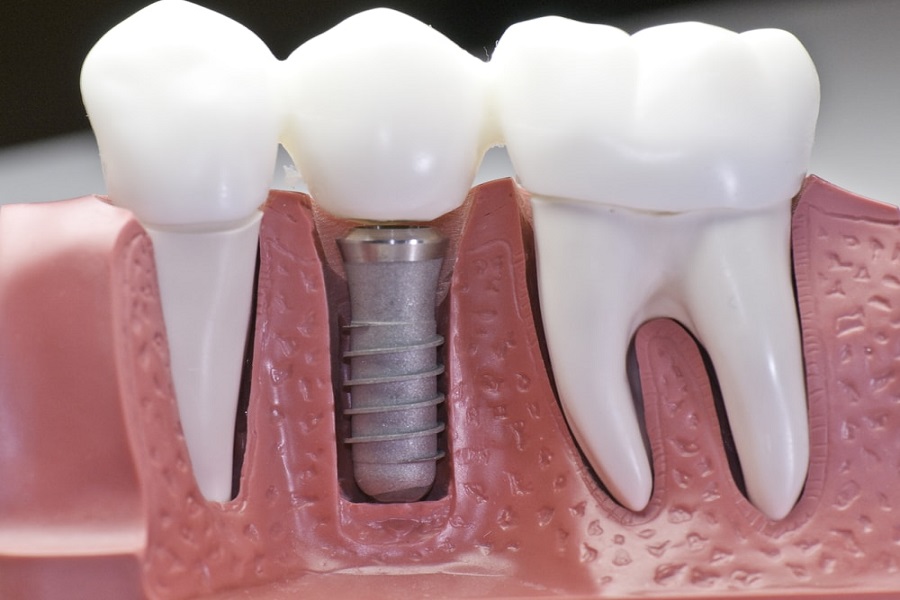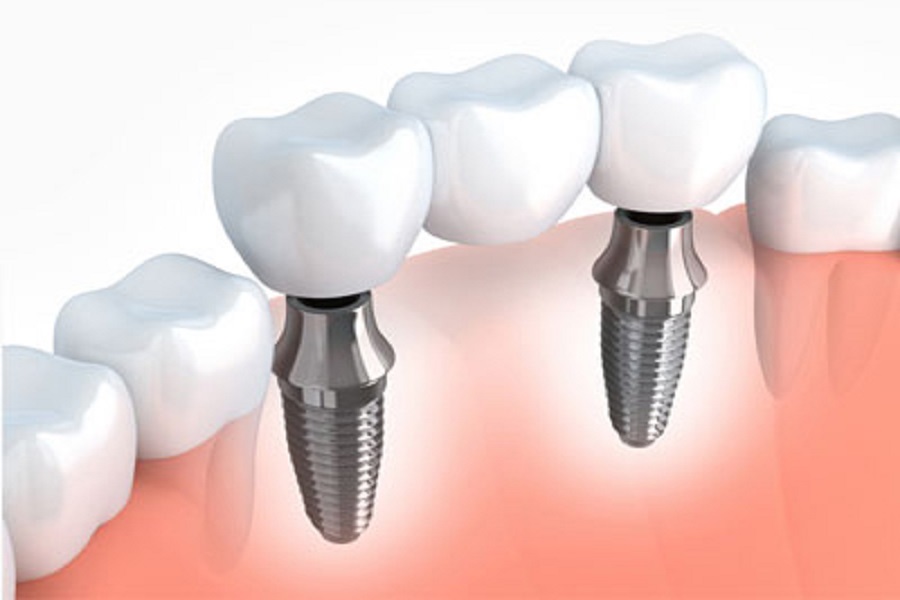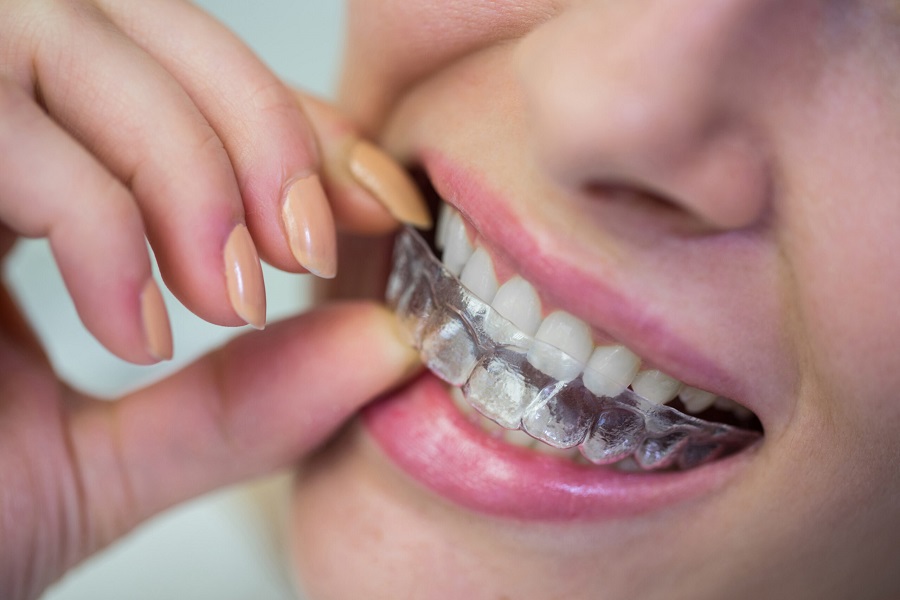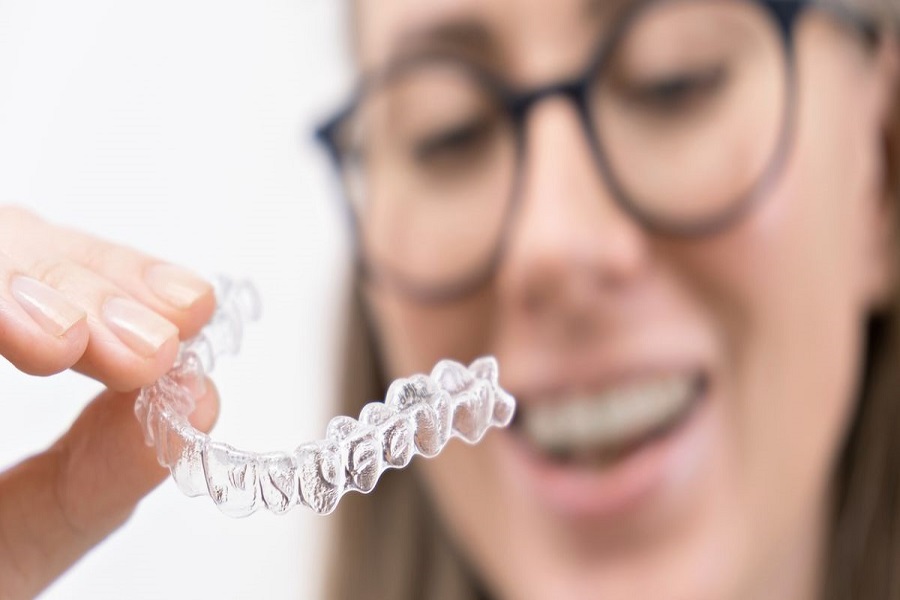Reasons for food impaction of porcelain teeth Why food impaction occurs in porcelain teeth. It is a problem that many patients with porcelain teeth worry about. How to avoid food impaction? To solve this problem completely, the close cooperation of doctors, patients, and technology is required, otherwise it is difficult to achieve satisfactory results.
1. Food impaction is first of all closely related to the patient’s oral occlusion. The opposing teeth have interference tips. If the functional tip is facing the occlusal abduction gap at the adjoining point between the denture and the natural teeth, the doctor will wear the teeth when wearing the teeth. To grind the functional cusp and reduce its occlusion and cusp inclination, the mechanic should make a reasonable occlusal abduction gap with the adjacent teeth, and expand the buccal and lingual abduction gaps at the adjacent point; Small area of contact, oval in shape, like a shrunken watermelon seed, height between the middle third of the tooth and the cut third, and the tightness should be able to pass 0.1mm bite paper with a slight sense of blocking.
2. Food impaction is also related to dental preparation by doctors. It is common to restore the porcelain crown due to long-term defect of the occlusal tooth. The doctor should pay attention to the coordination of the abutment with the adjacent tooth in the preparation of the abutment, otherwise a wedge-type food impaction will be formed. When preparing teeth with normal adjacency, the adjacent teeth should not be worn. However, in actual operation, due to the influence of many clinical factors, adjacent teeth are often damaged, and a sliced section can be seen on the observation impression. the adjacent surface, and then take the working die. Otherwise, wedge-type impaction will also be formed. If the doctor does not trim during preparation, the technician should remind the doctor to trim the proximal surface when wearing the tooth to avoid rework and repair failure due to food impaction.































